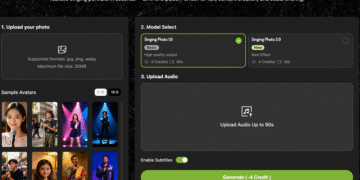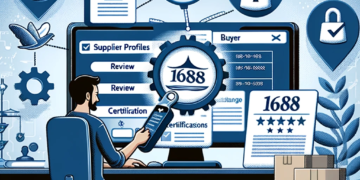Businesses are still trying to figure out the best practices when it comes to hiring employees remotely and allowing them to work from around the globe, especially in the sectors like data science and engineering. Although the main concern is the quality of work and team collaboration, there are other issues too, particularly related to digital security.
Proxy Servers and Consistent Access
When your team is globally distributed, proxy servers can be a game-changer for maintaining a reliable and consistent work environment. A proxy essentially routes your offshore employee’s internet traffic through a designated server (often in your home region or network). By doing so, it can make it appear as if the user is accessing resources from that server’s location, which helps avoid geo-restrictions or content differences based on location.
For example, if certain internal databases or cloud services are only available to users in your head office country, let’s say in the U.S., an offshore developer connecting via U.S. based proxies in that region will have the same access as a local user. This ensures that no matter where your hires are physically located, they see consistent content and can reach the tools they need without frustrating “access denied” messages due to geography.
In addition to smoothing out geo-blocking issues, proxies contribute to performance and security. By channeling traffic through a controlled server, you can often reduce latency to corporate services (especially if the proxy server is optimally located) and even cache frequently used content for faster load times. More importantly, companies use proxies to actively monitor and filter traffic. All requests from your offshore staff can pass through the proxy’s security checks – much like how on-site employees’ web use is monitored by IT. This means you can enforce your organization’s access policies globally: blocking risky websites, scanning for malware, and logging activity for compliance purposes.
Endpoint Security and Device Management
Even the most secure network tunnel won’t protect you if the device on the other end is compromised. When offshore employees use personal laptops or home PCs, those endpoints can introduce vulnerabilities into your environment. In fact, it’s common for remote staff to work on their own devices – 92% of remote workers admit to using personal phones or tablets for work tasks – which often lack the enterprise-grade protections of in-office machines. Unsecured endpoints are prime targets for attackers, since a hacker who slips malware onto an offshore worker’s PC could potentially steal company logins or sensitive files.
Alarmingly, 20% of organizations have reported a data breach due to a remote worker since 2020, underscoring that endpoint weaknesses are not just theoretical. And it’s not only minor breaches – Microsoft’s security telemetry shows that 80–90% of successful ransomware attacks originate from unmanaged, unprotected devices. In other words, if an attacker finds a way onto an employee’s laptop that isn’t properly secured, they have a massive foothold to launch costly attacks.
Single Sign-On and Strong Authentication
When your remote team members span the globe, managing their login credentials and authentication steps becomes crucial. Single Sign-On (SSO) and strong authentication (like multi-factor logins) go hand-in-hand to protect your systems without overburdening users. Single Sign-On means your offshore employees can access all their work applications with one set of credentials and a one-time login. This is both a convenience and a security boon.
From the security side, having a single trusted login per user means fewer passwords floating around to potentially be lost or stolen, and it allows IT to centrally enforce password policies and quickly revoke access across all tools if something is wrong. This helps mitigate the risk of password fatigue (which often leads people to reuse weak passwords). Given that an estimated 81% of breaches involve weak or compromised passwords, reducing password overload is a big step toward better security.
Of course, even a single password isn’t enough on its own today – this is where strong authentication measures come in. Requiring Multi-Factor Authentication (MFA) for your SSO login or any remote access is now considered a best practice. MFA adds a second (or third) check, such as a one-time code on a phone or a fingerprint scan, on top of the password. This extra layer is incredibly effective at keeping bad actors out: enabling MFA can block 99.9% of automated account hacking attempts, even if the attacker somehow learned a user’s password.











































































